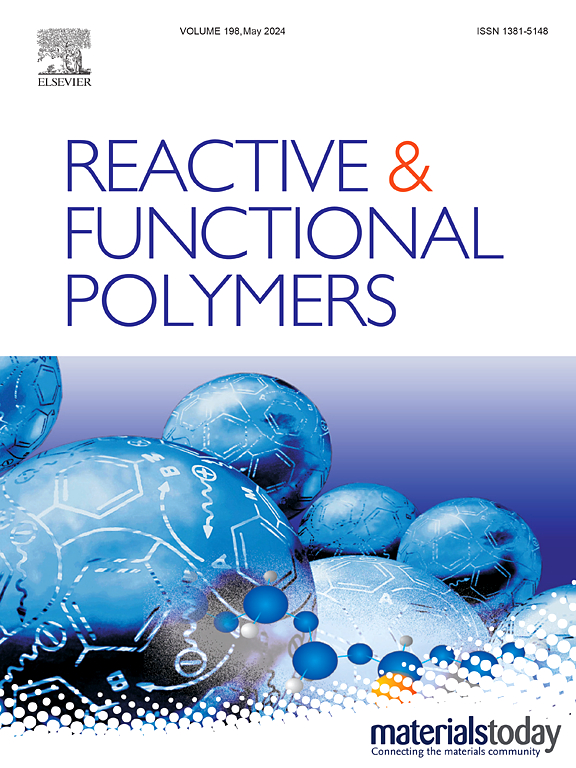Effects of chain extension and clay reinforcement on PLA nanocomposite foams
IF 4.5
3区 工程技术
Q1 CHEMISTRY, APPLIED
引用次数: 0
Abstract
The effects of chain extension and nanoclay incorporation on the foamability of poly(lactic acid) (PLA) were investigated using supercritical CO2 as the blowing agent in a batch setting. Multifunctional epoxide styrene-acrylic (Joncryl) chain extended PLA samples loaded with 0–3 wt% of nanoclay were prepared. Parallel plate rheology and differential scanning calorimetry verified the chain extension of the reactive process, indicating a 315 % increase in molecular weight and corresponding entanglement. Polarized optical microscopy showed the effect of chain extension and nanoclay incorporation on the crystallization and crystallization rate of the PLA. The batch foamed samples via supercritical CO2, showed a 304 % increase in the expansion ratio and corresponding to 76 % decrease in density after chain extension. Increasing nanoclay incorporation led to slight decreases in expansion, which eventually caused cell collapse at the higher loading levels. The mechanical and thermal insulation properties of the nanocomposite foams improved 64 % and 6 %, respectively upon chain extension, and improved by 27 % and 10 % again with nanoclay incorporation until a threshold loading where poor foamability caused a deterioration in properties. Results of the study indicated that chain extension and employment of nanofillers can be an effective way to generate effective PLA foams with sustainability benefits for a range of commodity and engineering applications.

求助全文
约1分钟内获得全文
求助全文
来源期刊

Reactive & Functional Polymers
工程技术-高分子科学
CiteScore
8.90
自引率
5.90%
发文量
259
审稿时长
27 days
期刊介绍:
Reactive & Functional Polymers provides a forum to disseminate original ideas, concepts and developments in the science and technology of polymers with functional groups, which impart specific chemical reactivity or physical, chemical, structural, biological, and pharmacological functionality. The scope covers organic polymers, acting for instance as reagents, catalysts, templates, ion-exchangers, selective sorbents, chelating or antimicrobial agents, drug carriers, sensors, membranes, and hydrogels. This also includes reactive cross-linkable prepolymers and high-performance thermosetting polymers, natural or degradable polymers, conducting polymers, and porous polymers.
Original research articles must contain thorough molecular and material characterization data on synthesis of the above polymers in combination with their applications. Applications include but are not limited to catalysis, water or effluent treatment, separations and recovery, electronics and information storage, energy conversion, encapsulation, or adhesion.
 求助内容:
求助内容: 应助结果提醒方式:
应助结果提醒方式:


